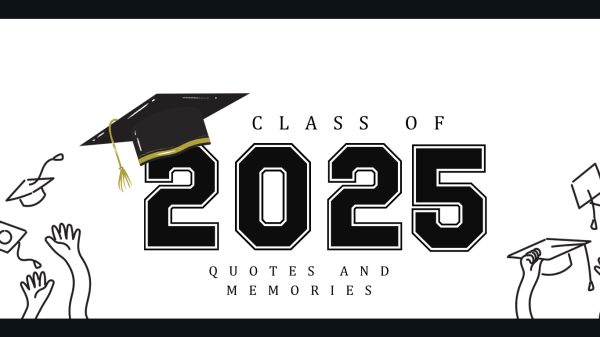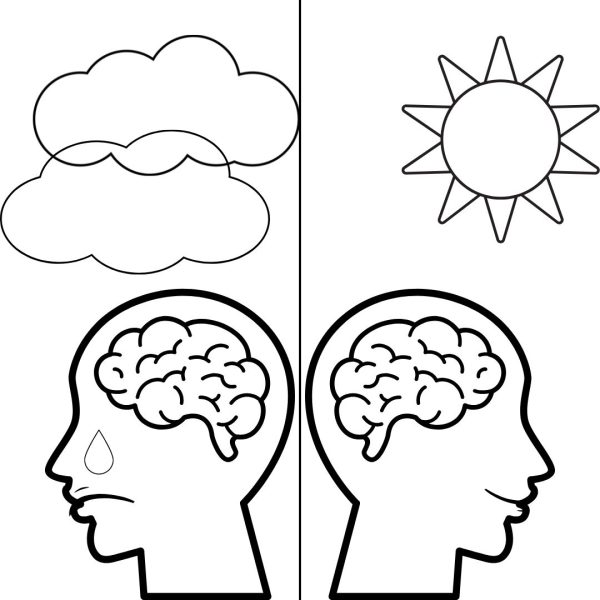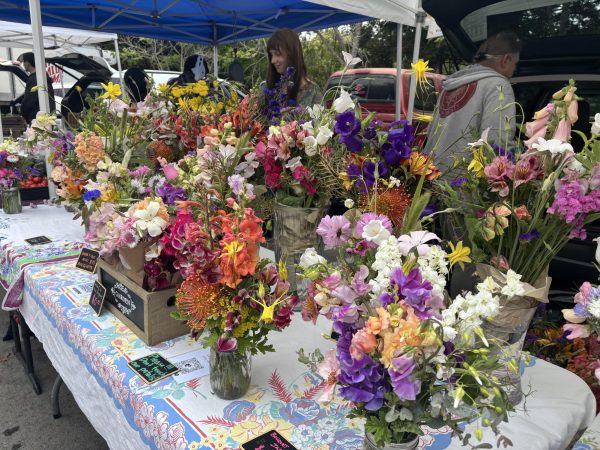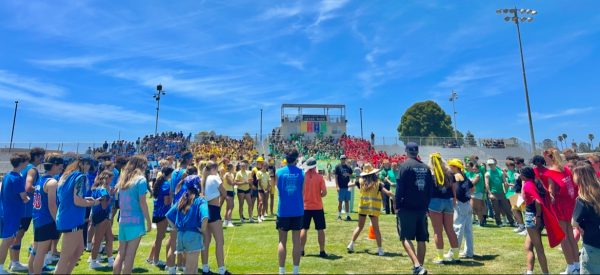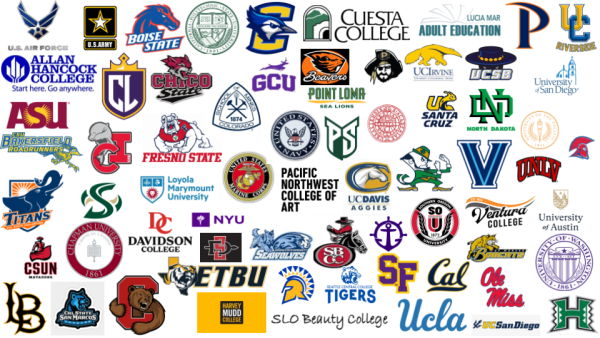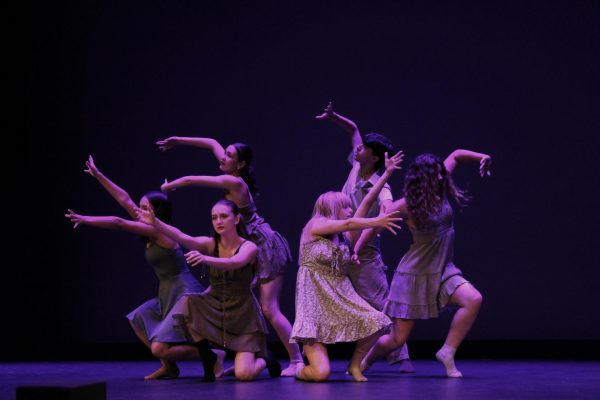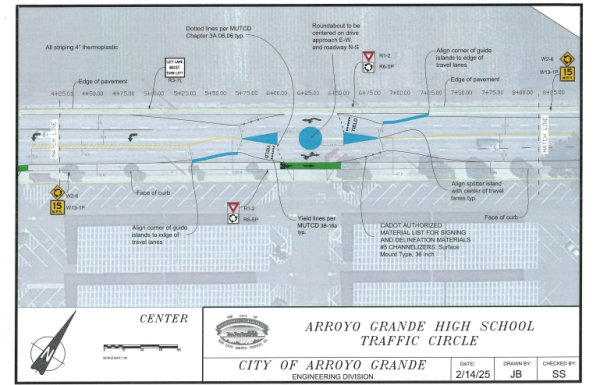Project Snake Eyes & Treason: Thunders of War
Project Snake Eyes is the newest project in Brandon Sligh’s Intro to Product Design class. In this project, students are tasked with designing and creating an original and entertaining board game.
The Product Design class is brand new at AGHS, this year being its second year ever. Product Design developed from a class AGHS yearbook teacher Jefferson Clarke ran, which focused on the more digital and visual aspects of product design.
“My focus has been more on the physical creation of those designs,” Sligh said.
The board game product is the first large-scale project of the year for the Product Design students.
“[The project] incorporates just kind of all aspects of the class,” Sligh said.
Now that Sligh has a more dedicated pool of students the class can focus on lengthy projects in order to focus on the core fundamentals of product design and produce meaningful products.
“Last year was a different type of class… my students were very different. This year I’ve got 30, almost 35 kids that [actually] want to be in the class,” Sligh said.
In Product Design’s first year, there were only around twenty students and many were put into the course not knowing what to expect. Students had many smaller, personal projects instead of large-scale projects due to the lack of focus his students had toward the class’ mission. The juxtaposition between these two years is a testament to the student-driven nature of the class that Sligh envisions.
“If you’re a student that is like, ‘I want to be told what to do and I want to be guided every single day this is not the class for you,” Sligh said.
There are benefits and caveats to Sligh’s teaching style. Overall, the success and enjoyment found in the class primarily come from the effort and hard work a student is willing to put into the class. It will not be an enjoyable or worthwhile class if the student cannot find it within themselves to have passion for their work.
“If you’re like, ‘hey, I’m a very driven student, I’m a go-getter, I’m a self-starter, or I’m a creative type,’… that is what we do in product design. You’re only limited by your creativity,” Sligh said.
A small portion of Sligh’s students reported that the class could at times be boring, while most feel purely the opposite, and Sligh believes this is a consequence of his unique self-driven classroom environment.
“Being bored is more a reflection on the person than on the project, but if they’re looking for more, I think that’s just a matter of challenging yourself more and that’s sort of the beauty of the class. This class is as challenging as you want it to be. Your projects, you know, they come from you,” Sligh said.
As a result of this classroom model, students have a lot of leeway with their board games. On the surface, making a board game may not be so difficult. However, starting from scratch and thinking of your own design ups the ante.
It is important to note that neither complex skills nor background knowledge is required out of the gate for the product design class. Just because one is not well-versed in the processes that Sligh teaches over the course of the year does not mean one cannot challenge themselves with complicated and original projects.
“You might not be able to make something right now, or you might not even know how to make something right now, but through the course of the class, you’ll learn how to do that… just because you don’t know how to do something shouldn’t be a factor, it shouldn’t be a limitation to you,” Sligh said.
In addition, the curriculum does not limit students from pursuing their own interests. While Sligh only provides materials for assigned projects, the class has plenty of room for outside work. For smaller-scale personal projects, Sligh allows students to 3-D print a couple of items from time to time. If a student embarks on a personal project with their own materials, Sligh awards extra credit.
To highlight a specific project and the process one would find themselves being a part of in the class, one of Sligh’s most productive groups consisting of James Lyman, Joshua Brock, Ethan Maniscalco, and Jack Perolio are working on their board game titled, “Treason: Thunders of War.” The game takes inspiration from the classic board game “Risk,” where players try to collect and take over territories, typically on a map of the globe.
“Treason is a game for war enthusiasts, essentially,” Brock said.
“We just decided that risk is a fun game to play, so we kind of took inspiration from it, just like in risk, we could attack other players using troops,” Maniscalco said.
However, unlike in normal Risk, this group decided to incorporate varying amounts of health and damage for their troops to add more depth than what Risk offers.
“Each person or each team has two light tanks that have low damage and low health but high mobility, and two medium tanks with obviously medium health and damage and one heavy tank which obviously it’s gonna be high in health and high damage but low mobility,” Maniscalco said.
Damage is determined by the roll of different types of dice. A light tank will have damage determined by a measly 6-sided die one would find in a monopoly set whereas a heavy tank would instead use a twenty-sided die. Each player starts at a different end of the board, with up to six players in each match.
This group has also added one other element to their project to spice up the gameplay, the Among Us tank.
“The Among Us tank is pretty overpowered. We’d say, it definitely is a game changer.” Maniscalco said, “That’s why we made it hard to get, and that’s why there’s only two if we have all six players,”
Depending on the number of players, there may only be one Among Us tank situated in the middle of the game board. The reason for its name is that Maniscalco wanted to incorporate the hit game ‘Among Us’ into their project. On top of the large tank sits an Among Us ‘imposter’ that they printed out using Sligh’s brand new 3-D printers.
Sligh’s students learn to use the CAD (Computer Aided Design) program throughout the year to design all the elements they want to add to their projects. The tanks, figurines, and everything about the board game the students themselves either print out in the 3-D printers or make themselves with resources Sligh provides them upon their request.
“We printed a couple of designs such as different tanks, Among Us to be put on top of tanks, trees, tents, mountains, you know, all that stuff,” Maniscalco said.

There was a lot of collaboration between the members of the Treason: Thunders of War team. In a group project there has to be a lot of effort from each individual but also a lot of compromises that result in some ideas getting scrapped.
“I just wanted to take a large inspiration from like maybe a strategic board game like chess or something and I wanted the pawns to be an Among us character. James and Jack were pretty set on creating a game with tanks involved so we kind of compromised by literally setting an among us character on a tank,” Maniscalco said.
Thankfully for this team, there were few quarrels or disagreements during the development process and they were able to quickly assemble a functioning, enjoyable game.
“I wasn’t too passionate about my idea. It was just like a brainstorming process. Josh was pretty willing to do the tank idea.” Maniscalco said.
There were, however, small conflicts between the team members on specifics, such as how many tanks each player should start with and how many Among Us tanks there should be, but these issues were quickly resolved.
“It does get tricky sometimes working with a team, but at the same time, we were like, so passionate about the idea that once we had it down we just ran like clockwork. Me and Jack, we designed the grids, James pulled the designs from CAD, and Josh worked on the presentation,” Maniscalco said.
The Treason project is nearing completion. Although the whole project is not fully finished, the team has designed a board ⅓ the size of what it will be in its final iteration (a 25 x 50-inch grid) and they have play-tested the game to great success. The final board’s design will take after the Season 5 map from the popular first-person shooter video game: Fortnite.
The Product Design class will be taking a short, week-long break from Project Snake Eyes because, although the team responsible for Treason: Thunders of War is making great progress, some teams are struggling to continuously find a passion for their game. For many teams, it is discouraging to not see their work come to a steady fruition, and most teams are still in the developmental and design phase of their projects.
There are also other notable board games that are not yet past the development stage. There is a board game based upon the famous television series Breaking Bad, a game called Scale Mail which is a ‘dragons versus knights’ game incorporating playing cards, a celebrity clash board game where celebrities compete to be on top, and a Dungeons & Dragons and chess hybrid styled game.

Project Snake Eyes has so far been a great success in the eyes of the students, their teams, and Sligh himself. Sligh is proud of the work his students have put into their projects, regardless of this year’s project’s silly nature.
“I mean, this is a fun class. I don’t intend to make it like slave labor. You know, I want people to have a good time, and yeah, maybe their board games were kind of goofy, but this might just be one of those products that kind of allows for it to be goofy,” Sligh said.
There is a lot of respect for Sligh and the way he governs the class among the students in Product Design.
“[Sligh] is lenient to the point where this week we’re doing whatever we want,” Gregory San Diego said.
San Diego is one of the two students working on the board game Scale Mail. His group fell behind on their presentation for the game and San Diego was appreciative of Sligh’s understanding, as he gave them time to finish and graded their presentation by himself, instead of them needing to give the presentation.
“But he’s also very strict with me when he has to be,” San Diego said, “He treats us like we’re adults. He treats us as equals and it’s very productive.”
In the next few weeks, Project Snake Eyes will come to its conclusion and all the board games will ideally be completed and ready to play. When that time comes, the Product Design class should be more than willing to let anyone who comes to visit play their games.

Ethan Weller is a Senior and first-year newspaper student. He enjoys drawing, creative writing, and music. He is also an avid dog lover and quite regrettably...




